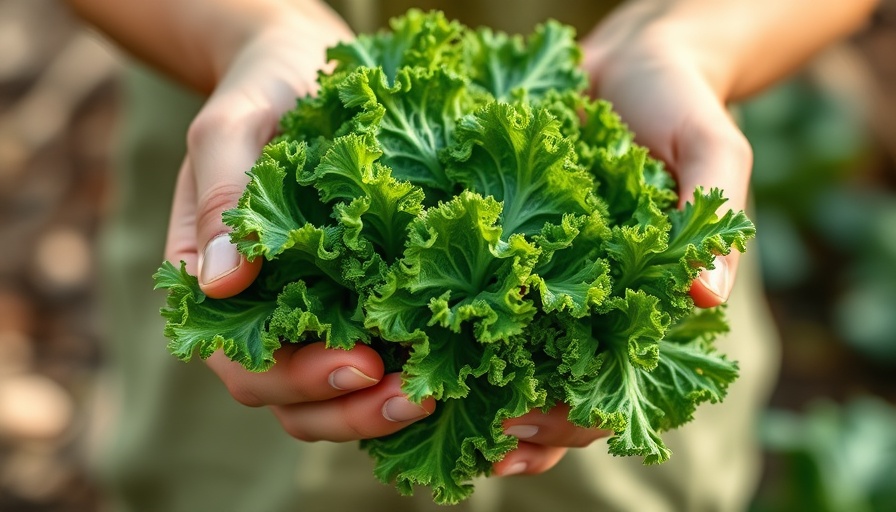
Why Homemade Protein Bars Are the Way to Go
For health-conscious individuals, protein bars are often a go-to for a quick energy boost. However, navigating the aisles of supermarkets can be overwhelming and disappointing due to the numerous options packed with added sugars and artificial ingredients. This is where homemade protein bars shine—they allow you to customize ingredients according to your nutritional needs and preferences, ensuring that every bite is as wholesome as possible.
Create Your Own Delicious Energy Boosters
These homemade protein bar recipes not only provide a delicious alternative to store-bought brands, but they also let you experiment with taste and nutrition. With options that cater to various dietary preferences—including vegan, gluten-free, and low-carb—there’s a recipe for everyone to enjoy without the guilt.
Top 5 Recipes to Energize Your Day
- Low-Carb Protein Bars: Packed with 11 grams of protein and free from added sugars, these bars deliver great taste wrapped in healthy ingredients. Perfect for anyone watching their carb intake while still craving something sweet.
- Paleo Chocolate Protein Bars: Offering a hefty 22 grams of protein, these are a chocolate lover’s dream! Using natural ingredients like nuts and egg whites, they provide a satisfying chew without dairy or gluten.
- Cookie Dough Protein Bars: With a delicious dessert-like taste and 16 grams of protein, these gluten-free and plant-based bars allow you to indulge guilt-free.
- Lemon Collagen Protein Bars: Refreshing and zesty, these bars incorporate collagen protein and natural lemon flavor, adding a unique twist to the regular protein bar routine.
- No-Bake Peanut Butter Protein Bars: These bars are quick to whip up and can easily satisfy a peanut butter craving, containing 21 grams of protein while being sugar-free and vegan.
Enjoy the Power of Whole Foods
The beauty of making your own protein bars lies in the use of whole foods and fresh ingredients. Recipes that skip protein powder while using oats, nuts, or nut butters not only enhance flavor but also boost fiber content, often leading to better digestion and long-lasting energy. By choosing whole foods, you nourish your body while keeping your taste buds satisfied.
Benefits of Homemade vs. Store-Bought Protein Bars
Store-bought options often mask their unhealthy components with flashy packaging and questionable health claims. In contrast, homemade protein bars push the envelope of taste while cutting down on unwanted ingredients. By blending flavors and textures of your choice, you can create a bar that checks all your boxes for nutrition and satisfaction.
Practical Tips for Making Your Own Bars
Creating homemade protein bars doesn’t have to be daunting. Here are some practical tips to help you get started:
- Keep it simple: Start with a basic recipe and modify it according to your preference.
- Flavor it up: Don’t hesitate to add spices, like cinnamon or vanilla, to enhance flavor without added sugars.
- Storage matters: Store your bars in an airtight container in the fridge or freezer to maintain freshness.
Conclusion: Your Protein Bar Journey Awaits
Taking the time to create your own protein bars opens up a new world of creativity in your snacking habits. With numerous recipes to choose from, you can make wholesome snacks that cater to your taste and dietary needs. Imagine the satisfaction of biting into a delicious homemade treat that fuels your energy through the day. Why wait? Embrace the homemade journey and discover your favorite protein-packed flavors today!
 Add Row
Add Row  Add
Add 







Write A Comment